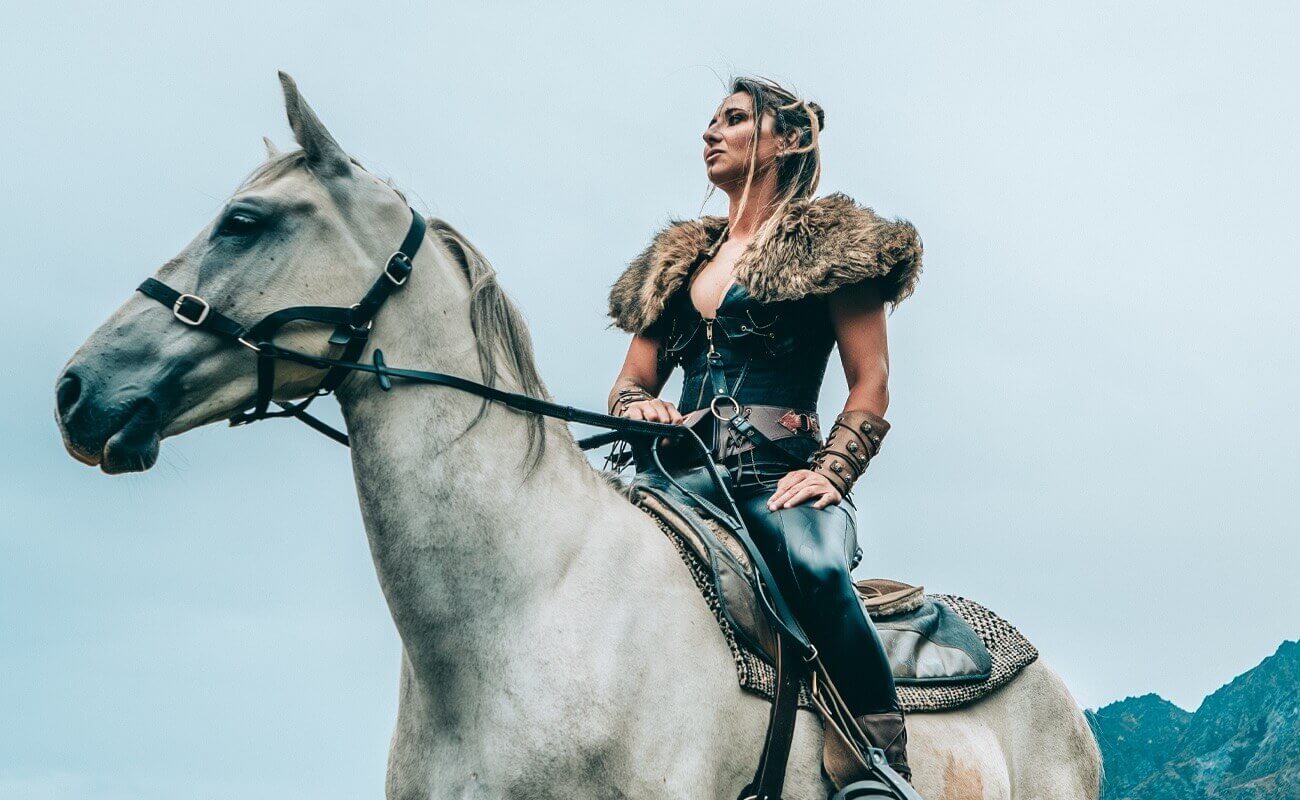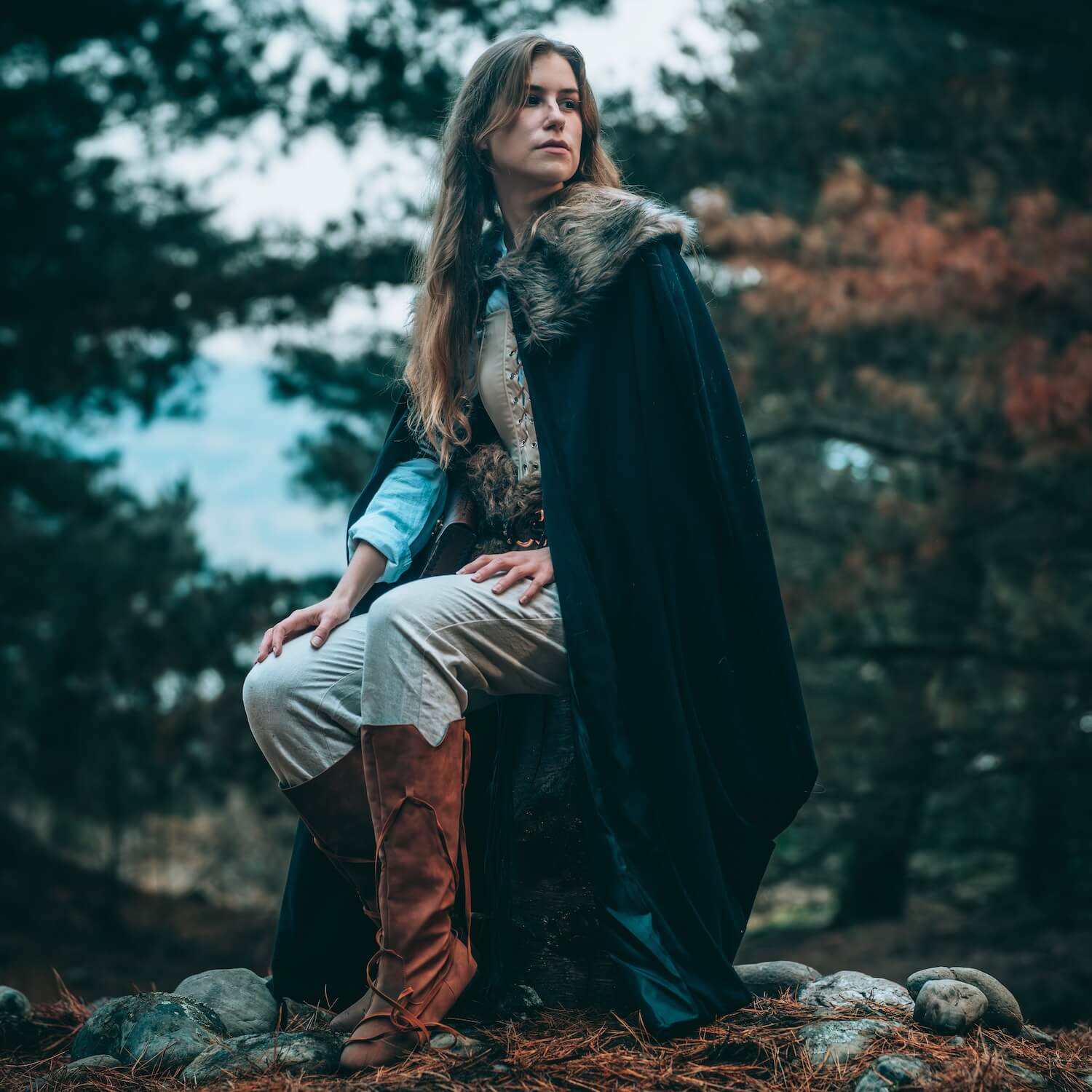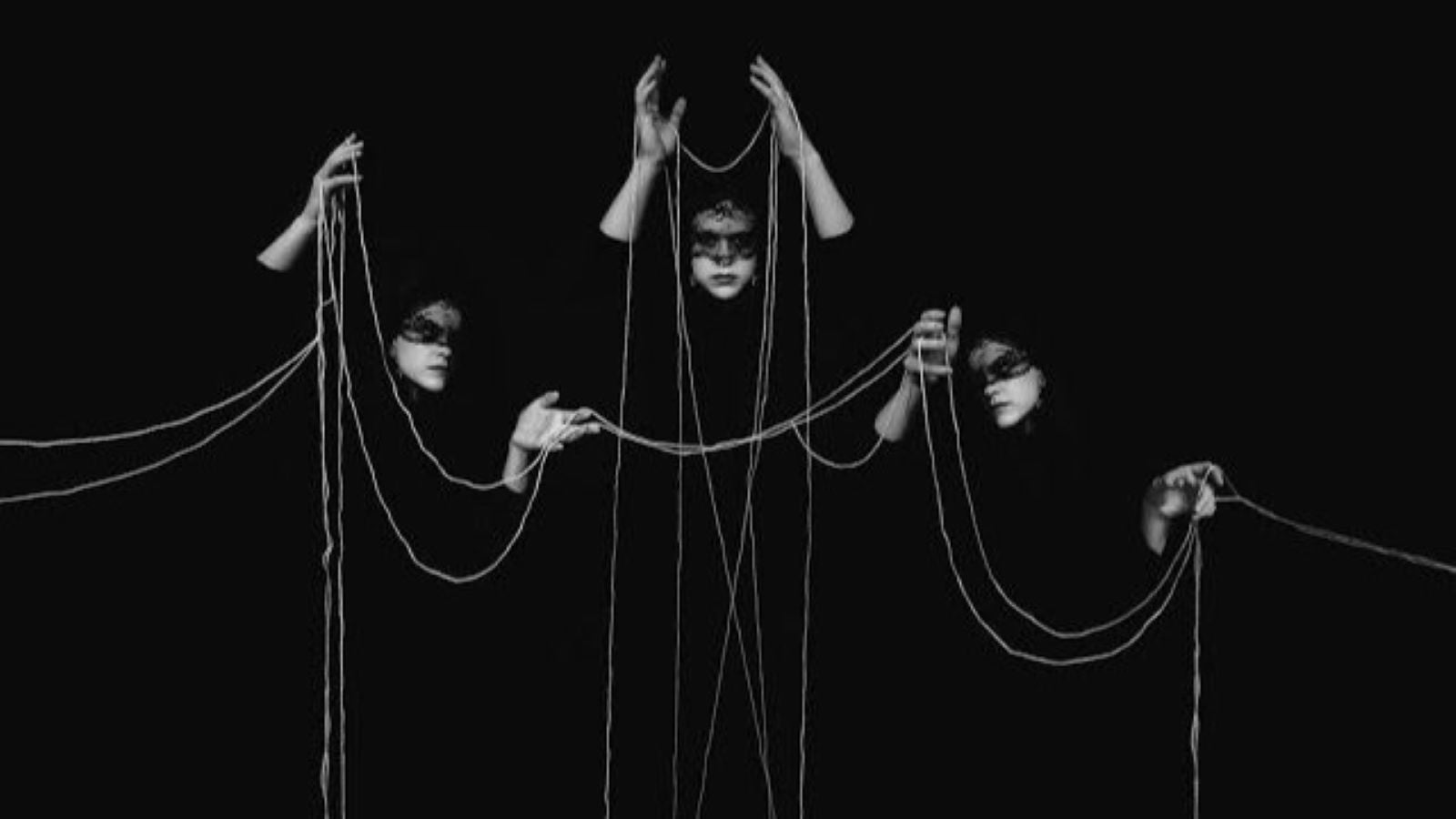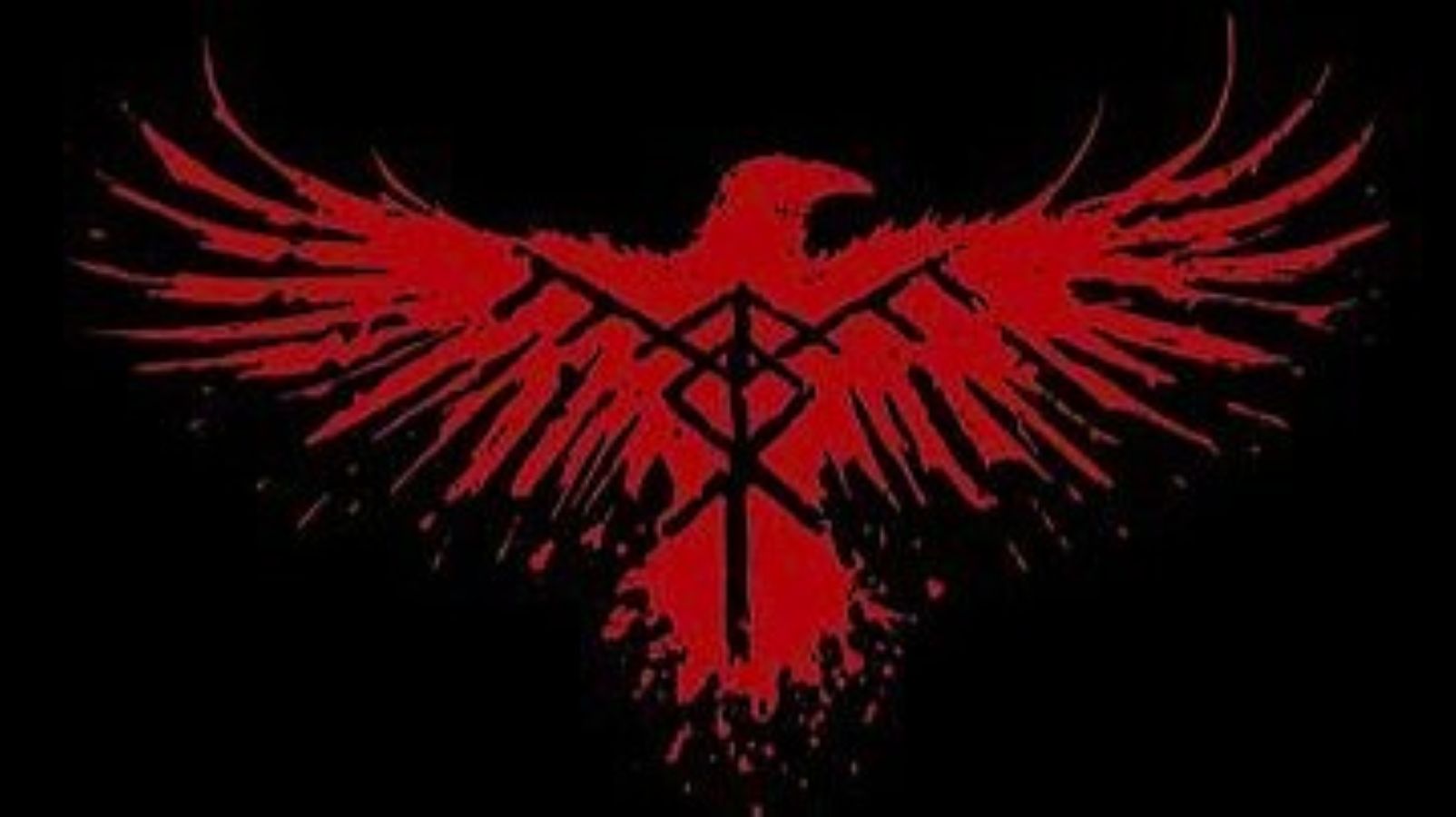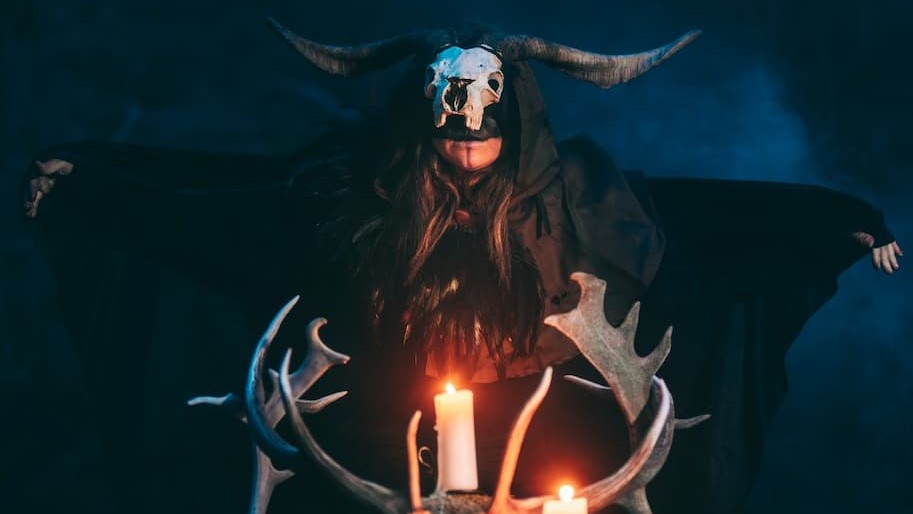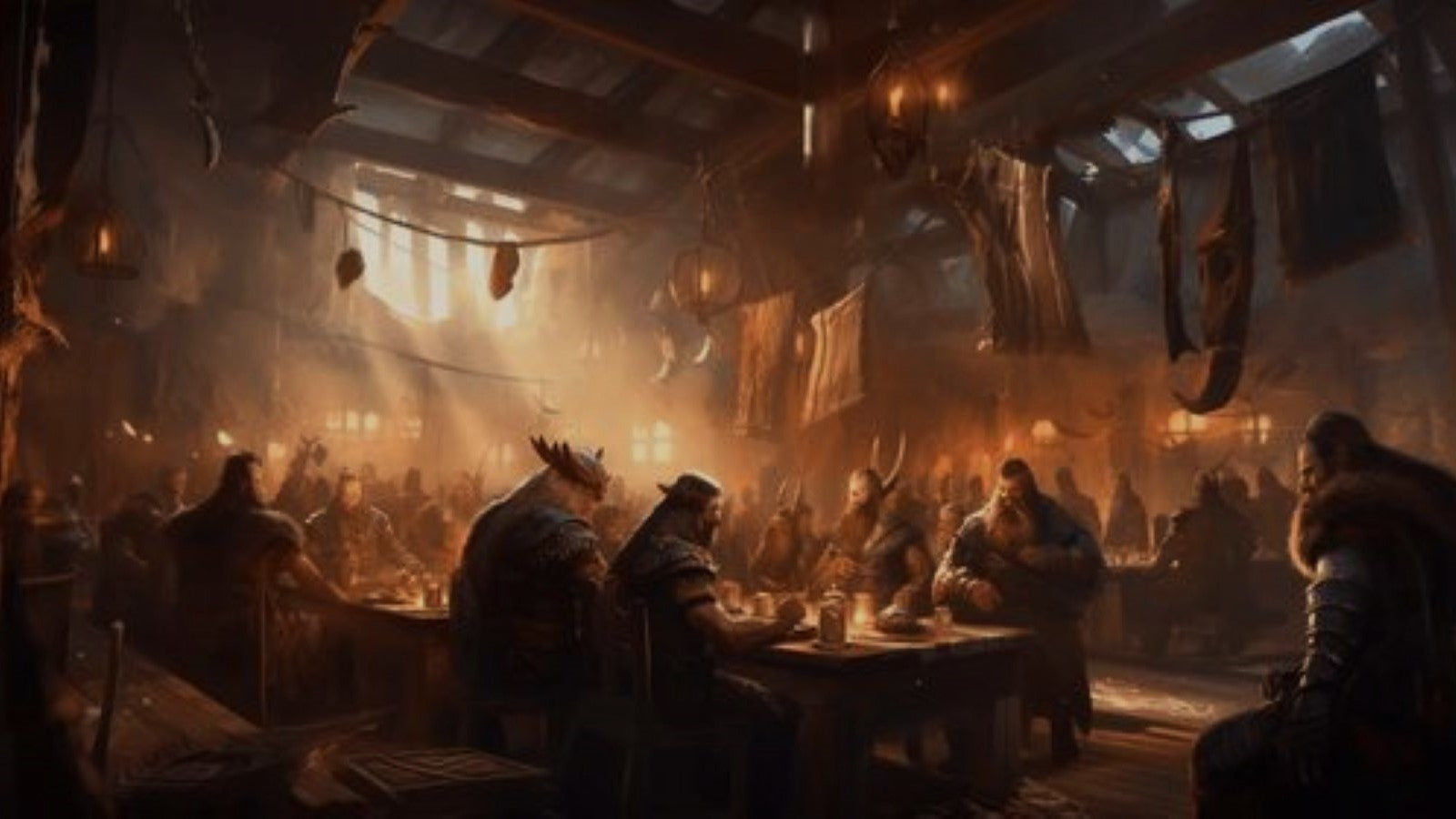
Discover Yule: A Cozy Norse Winter Celebration
One of the most enchanting and significant celebrations in the Norse calendar is Yule. Yule, also known as Jul or Jól, is a festival that harkens back to the Viking Age and is still celebrated today in various forms.
Yule's Origins
To understand Yule, we need to step back in time and explore its fascinating origins. Yule is deeply rooted in Norse culture, with ties to the god Odin and the ancient tradition of the Wild Hunt. This holiday marks the Winter Solstice, which is the shortest day and longest night of the year. It symbolizes the return of the sun and the promise of longer days, a beacon of hope in the dark and cold winter months.
Celebrating the Return of Light
Yule is a time to celebrate the return of light to the world. Norse and Viking people believed that during the Winter Solstice, the sun was reborn, and the days began to lengthen. To honor this occasion, they would light fires and candles, welcoming the warmth and hope that the returning sun brought.
The Yule Log
A central element of Yule celebrations is the Yule log. Traditionally, a large log, often from an oak tree, is placed in the hearth and lit on the night of the Winter Solstice. The log would burn throughout the night, bringing light and warmth to the household. It was believed that the ashes from the Yule log held protective powers and could be sprinkled around the home to ward off evil spirits.
Feasting and Merriment
Yule is also a time for indulgent feasting and merry-making. The Vikings would gather with their families and friends, sharing hearty meals, mead, and ale. The Yule feast often featured roasted meats, root vegetables, and a variety of traditional dishes. Songs and stories would be exchanged around the fire, creating a sense of unity and warmth during the cold winter nights.
The Twelve Nights of Yule
In Norse tradition, Yule wasn't just a one-day affair; it was a twelve-night celebration, lasting from the Winter Solstice through the New Year. Each night was dedicated to a different aspect of the holiday, with various rituals and activities. Modern interpretations of the Twelve Nights of Yule often include lighting candles, exchanging gifts, and connecting with nature.
Yule is a time to celebrate the return of light and to find warmth and hope in the heart of winter. Whether you choose to light a Yule log, gather with loved ones for a feast, or simply take a moment to appreciate the beauty of the season, as the Winter Solstice approaches, celebrate Yule in your own unique ways!


